Editor’s Note: 10 years ago today, U.S. Representative Gabby Giffords was shot in the head. Her life changed forever, but the heinous act altered the lives of others around her. Just this week, Giffords endured another ordeal as her husband Mark Kelly, was in the Senate when the Capitol was stormed. “As I sat waiting for information about [her husband’s safety] today,” Giffords wrote on social media. “I couldn’t stop thinking about what you must have gone through 10 years ago this week.” We are republishing Sheila Weller’s story about loss and recovery following the assassination attempt on Giffords.
***
On January 8, 2011, U.S. Congresswoman Gabrielle Giffords (Gabby to all) was standing in front of a Tucson Safeway with members of her staff, conducting her customary Congress on the Corner. The assertive, bubbly, and very attractive Giffords, wife of astronaut Mark Kelly, was fiercely devoted to listening to those she represented in both parties.
Out of nowhere that innocent Saturday in front of the Safeway came 22-year-old Jared Loughner, a paranoid schizophrenic who had a semiautomatic handgun with an extended magazine and had secretly written notes swearing to assassinate Giffords. He pointed his gun at Gabby’s head—and fired. Then, one by one, he shot as many others standing there as he could. Six were dead, including Christina Taylor-Green, 9, who had come to see Giffords in action, and Gabe Zimmerman, Gabby’s 30-year-old director of community outreach, an idealistic young man who had just gotten engaged. Thirteen others were injured.
Gabby’s death seemed so clear, the news of it was broadcast around the nation until the account was corrected: She had, somehow, miraculously survived! For days, it was uncertain whether she would be in anything but a near-vegetative state, and then for months and then years, she doggedly hewed to a schedule of arduous rehabilitation that made her a hero to many Americans. At that same time, she and Mark started an organization, Americans for Responsible Solutions to Gun Safety (just recently renamed Giffords: Courage to Fight Gun Violence), which, along with other gun-sense groups, has fought against the pointless military-weapon mass deaths that seem to just keep happening—from Sandy Hook to Las Vegas to Sutherland Springs, TX.
On January 8, 2018, a memorial to all the gunshot victims, living and dead, on that day in Tucson, was unveiled in a park outside the old Pima County Courthouse, complete with a reflecting pool. It honors each victim with poignant memorabilia specific to his or her life, as well as the offerings—some 20,000 notes, flags, crosses, blankets, messages, and so forth—that were left by grieving citizens at the shooting site and at Gabby’s office. The memorial is called “Together We Thrive,” a goal that is so necessary in a country, and a state, that is bitterly divided.
Their determination and grace show us, especially now, how to find peace.
Gabby said, in accepting the role of honorary co-chair, that “a truly important aspect of this memorial is to encourage civil discourse” and to remind all that “in the face of tragedy and grief, our community has shown great compassion and strength.”
Gabby Giffords still works hard on her recovery and for the cause of gun sense. She practices yoga, loves bike riding, and did not let the fact that she has lost most of the function on her right side keep her from riding a bike in Tucson’s annual E-Tour cycling event. Stickers reading “Gabrielle Giffords Continues To Inspire” adorn car bumpers in her adored Tucson.
She’s not the only one who inspires, however. Other women whose lives were impacted that day offer examples of how to move past tragedy. NextTribe spoke to these women in advance of the opening of the memorial. Their determination and grace show us, especially at this time of year, the work it takes to find peace and the value of building a life of purpose and gratitude.
The Doting “Aunt”
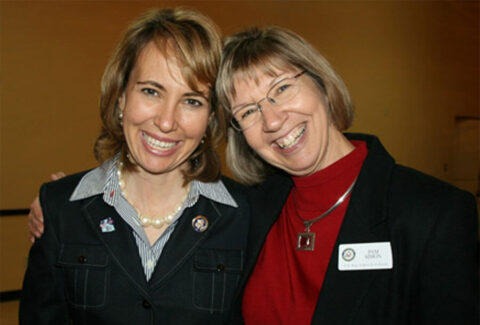
Gabby and Pam before that dreadful day.
Pam Simon is a former teacher who was a close aide to Gabby. Simon remembers that she fielded a call once from a constituent who declared, “I’m a Republican.” Simon says she answered, “We’re the Congressional office for everybody.” Pam, who still has lunch with Gabby about once a month, was shot near the heart that day.
I came to work for Gabby after years of teaching junior high. She was 29 or 30— her first year in the House, and I was like a mother/Girl Friday to her. She never got jaded. She was so empathetic in her work with her constituents, we would call her compassionate talking “Gabbifying.” And she was voted the most centrist member of Congress.
At the same time, she was so funny and sardonic about her personal life. I would ask her, “Are you dating someone?” and she had this arched eyebrow look like you’d give to a doting aunt. We’d go shopping together, and I’d suggest an outfit, and, again, I’d get that arched eyebrow look because we were a generation apart. But I’d say, “Trust me, you want people my age to vote for you.”
She worked so hard! She was the Energizer Bunny. She came home every other weekend on Friday for her constituents. I’d pick her up at the airport Friday night, she’d do things for her constituents all Saturday, take the Sunday morning flight to Houston to be with Mark, then her fiance, and Sunday night or Monday morning fly back to D.C. I would say, “So was it a good flight?” and she would give me that classic Gabby arched-eyebrow look, as if to say: “Are you kidding? Those flights are glamorous—not.”
A woman came over and took my pulse and determined I was alive—she is a friend of mine now. There is something I call “the blessing of the bullet”—how friendship can come from tragedy.
On the morning of January 8 Gabby drove herself right to the Safeway at 10:00 rushing across the parking lot. I had been working the line with Gabe [Zimmerman], and then a friend came out of Safeway and said Hi to Gabby—and suddenly a figure appeared between us and—Gabby was on the ground! I heard popping noises! My quick thoughts: Was it a balloon? Or a cap gun? And then, in less than twenty seconds, nineteen people were on the ground and six of them were dead!
First you’re just shocked—and then you realize: I was hit! The bullet went through my wrist and into my chest and ended up in my hip—it traveled the entire length of my torso. It hurt like hell! A woman came over and took my pulse and determined I was alive—she is a friend of mine now. There is something I call “the blessing of the bullet”—how friendship can come from tragedy.
The Western Woman
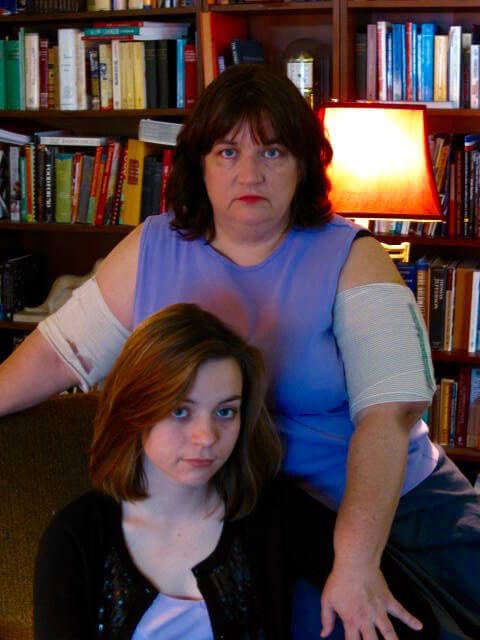
Mary Reed and her daughter, Emma, who Mary took a bullet for seven years ago.
Mary Reed is the head of a small nonprofit, Ted-Ex Tucson, a Ted Talk franchise, in which people give talks about “ideas from Tucson.” As a “Western Woman,” she has spent a lifetime as a careful gun user. Reed glared at the killer while he shot her, three times, as she was protecting her daughter Emma, age 17 at the time, from his attempt to shoot the girl.
Gabby Giffords was, and is, my daughter Emma’s hero. So on that January Saturday I took my family—my husband and two children—to Congress on the Corner. We got in line, and then the shooting started. In my real mind it did not register what was going on, but that little reptilian brain that all moms have picked Emma up and threw her against the wall and covered her with my body. I caught a ricochet bullet in my left arm, and Emma, being so upset, curled up under me.
The sidewalk was divided by stanchions and cords like a movie line, so there was really no place for us to go. The shooter just stood on the other side of the line and shot people. He came up behind me and saw Emma’s head underneath my body—and he tried to shoot her head through my arms, and the bullet cracked my arm and hit the concrete wall and it drove all this concrete into my arm.
That little reptilian brain that all moms have picked Emma up and threw her against the wall and covered her with my body.
And then I lost my temper. I said, to myself, in my head: Little man, you better have the cojones to look me in the eye. I didn’t really say that, but I turned around to look at him and he shot me one more time, from about two feet away. The bullet hit my rib, and it’s up in the sciatic nerve now. It’s inoperable and I’m in chronic pain, but I can walk—and my husband and children, in spite of being shot are all alive!
The victims’ advocates were wonderful. they rushed to the scene and went to the hospitals. We have a wonderful community; we have the kindest and most generous community on the planet! So, yes, I’m feeling grateful now, not just at Thanksgiving and not just in planning for the memorial, but every day.
This tragedy made me feel as if the skin had been removed from my emotional self. I felt so vulnerable, so raw. I felt I wasn’t able to protect myself from the outside world. So, the kindness and generosity of others—it was wonderful. It is the best gift anyone can give. I became a victims’ advocate because of the shooting. It’s deeply important to me to help people in violent situations to learn how to not calcify the trauma. It is so easy to get stuck there, inside trauma.
Gabe’s Mom
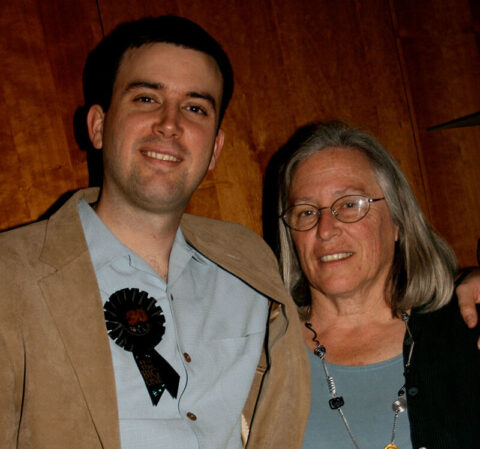
Gabe Zimmerman and his mother Emily Nottingham. Emily has set up scholarships in Gabe’s name for those who want to follow his path in social work.
Emily Nottingham is the longtime head of a public housing agency and the mother of Gabe Zimmerman, who died in the senseless massacre in the midst of his promising life. Emily has moved past the grief, in part, by continuing the work her son was passionate about. She has established scholarships at the two colleges Gabe attended—the University of California at Santa Cruz and the Arizona State University School of Social Work—for students who want to follow Gabe’s path in public service. She also works with former congressman Ron Barber (Giffords’ successor) on projects to further civility and respect, including combating school bullying.
You know, some people have a picture of resilience as a bouncing ball – you just sort of bounce back. I don’t quite share that vision of resilience. I think of it as more: You absorb what happens to you. And what happens to you—to all of us—is sometimes good, sometimes great, sometimes bad—and sometimes horrendous.
Losing Gabe was horrendous. I guess I have a couple of formulas I use for getting through the day. My goals are simple: One is to get through the day doing something for others—to try to be kind. Two is to try to do something for my community, and that can be local or wider. Three is to try to find an issue you think can devote yourself to. And four, to do something to invest in the future. If you can do those four things every day—wow, you’re really dealing with challenging hard times.
If we’re talking about women over 45—and that’s NextTribe—many of us have suffered some form of loss, but, yes, there’s a particular difficulty around children who were murdered or who die violently. Right after it happens you have a tremendous amount of stuff to deal with – you have the death of your child, and there is added onto it dealing with the community and the national press. So the days afterward are very hard. There’s a lot of responsibility to go to community events; you want to represent your son well. You want to thank people for their kindness. And you want to be alone. And it’s hard, because that continues for a long time.
You’re not just one thing. I’m not just the mother of a son killed in a mass shooting. And neither are you only the best or the worst thing that happened in your life.
It helps to remember the goodness in your child, which was not hard to do with Gabe. Lots of people say, “I knew your son. I want to tell a story.” He was charismatic—and caring. He just enjoyed people. Here’s who Gabe was: One of his assignments from Gabby was to work for a senior community, Green Valley. I once gently teased him about working with old ladies, and he said, “No, they’re really interesting people who had interesting lives.” That’s who Gabe was— he saw the best in people. More so than his mother!
Sometimes it intimidates people—being a woman who lost her son. People don’t quite know what to say to you. That’s a shame when it happens because you cannot really measure people’s wounds or rate them on a scale, some being much more painful than others—you just can’t. You’re not just one thing. I’m not just the mother of a son killed in a mass shooting. And neither are you only the best or the worst thing that happened in your life. My son Ben, who was two years younger than Gabe, lives with his wife in Boston. I am still close to Gabe’s fiancée, Kelly O’Brien, who just had a baby. Those relationships mean everything.
Gabe was thrilled when President Obama was elected, and he was thrilled when the Affordable Care Act passed, so I’m sure he would be horrified by the current political climate. But he probably would have been energized to do something about it. The thought of his idealism and his energy gives me solace and hope.

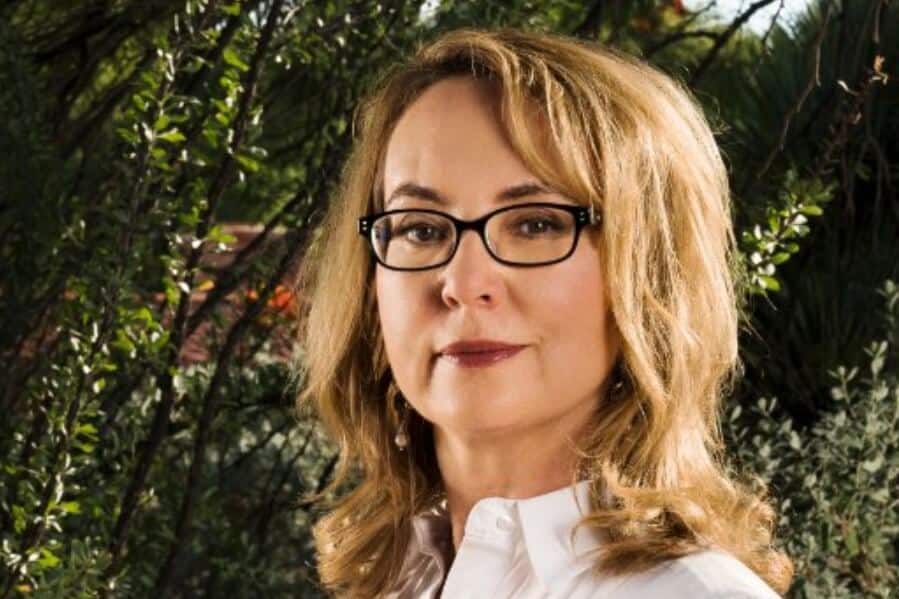




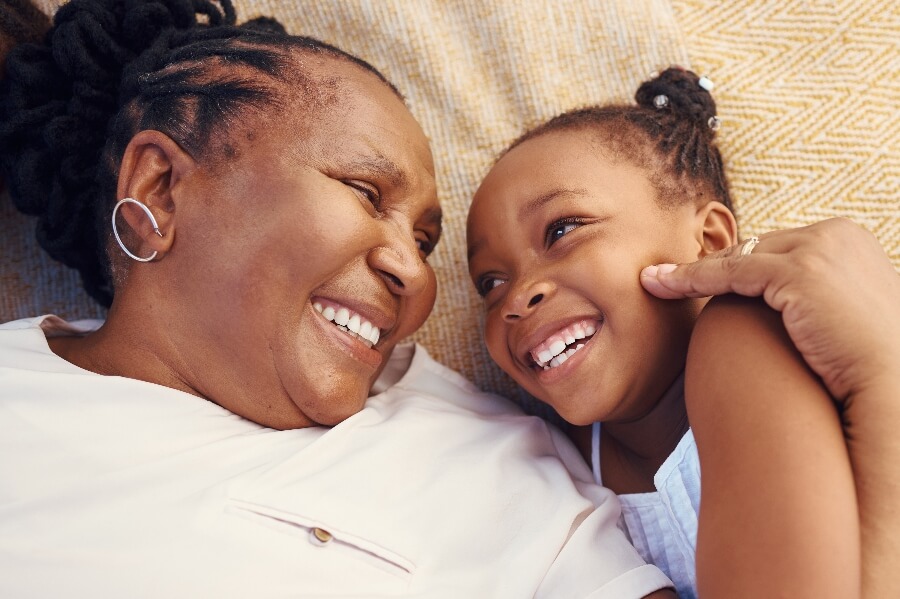














0 Comments